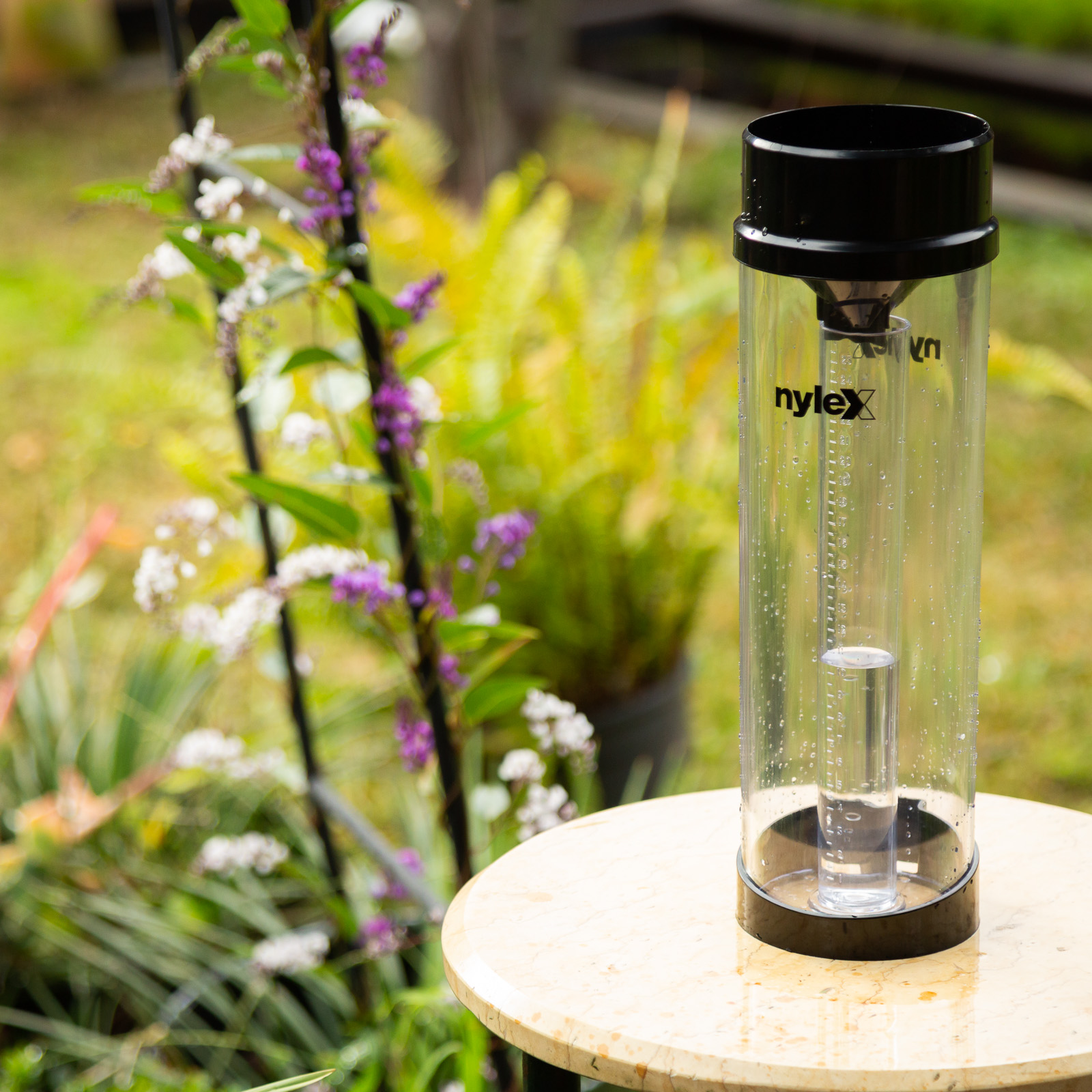Top Functions to Seek in a High-Quality Rain Gauge for Your Yard
Top Functions to Seek in a High-Quality Rain Gauge for Your Yard
Blog Article
Revealing the Scientific Research Behind Rainfall Assesses: Just How These Instruments Play an Essential Duty in Climate Research and Environmental Tracking
Rain evaluates, relatively easy gadgets, hold a profound significance in the realm of climate study and environmental monitoring. These humble tools quietly accumulate among nature's most necessary components-- rainfall. Behind their unpretentious exterior exists an intricate science that is indispensable for recognizing the dynamics of our atmosphere. As we peel off back the layers of this scientific shroud surrounding rain evaluates, we uncover a world where precision, information precision, and careful observation converge to reveal a deeper understanding of our altering climate and its effect on the planet.
Significance of Rainfall Scales
Rainfall assesses play an important function in surveillance and measuring precipitation levels, providing important data for climate research study and analysis. These devices are essential in quantifying the quantity of rainfall that happens in a specific area over a certain period. By measuring and gathering rain, rainfall determines deal beneficial insights right into the distribution and strength of precipitation, helping meteorologists, hydrologists, and climatologists in comprehending climate patterns and trends.
Additionally, lasting information collected from rainfall determines assists in evaluating climate adjustment impacts and patterns, adding substantially to scientific research study and decision-making procedures. In significance, rain assesses serve as important tools in the area of weather forecasting and environmental scientific research, playing a crucial role in advancing our understanding of weather condition and environment dynamics.
Types of Rain Gauges

Capability and Procedure
In the realm of climate study and atmospheric research studies, the efficiency of rain gauges hinge on their complex performance and precise functional systems. Rain gauges are made to precisely determine the quantity of rainfall that tips over a particular area throughout a set period. These tools normally contain a channel that gathers rainwater and networks it into a gauging tube. The determining tube is marked with calibrated dimensions that permit the precise quantification of rainfall.
The functionality of rain determines is based on the concept of measuring and gathering rain in a standardized way. This collected data is crucial for recognizing local weather condition patterns, tracking long-term environment fads, and examining environmental effects. To guarantee exact measurements, rainfall evaluates need to be purposefully placed in open locations away from blockages such as buildings or trees that can hinder the collection procedure.
The operational aspect of rain determines involves normal upkeep to stop debris accumulation, calibration checks to preserve dimension precision, and data taping for evaluation (rain gauge). Generally, the capability and procedure of rainfall determines are important for gathering trustworthy rainfall information essential to environment study and ecological surveillance
Duty in Environment Research Study
Offered the crucial value of exact rainfall dimensions in recognizing weather condition patterns and environmental impacts, the role of rain determines in climate research is essential. Rainfall determines give crucial information for environment research study by measuring the amount of rainfall that tips over a certain area during a given duration. This data is essential for keeping an eye on long-lasting trends in rainfall patterns, analyzing the effect of climate adjustment on rains distribution, and improving environment designs.

Climate scientists utilize information collected from rain gauges Discover More to examine variations in rainfall degrees, determine local climate fads, and evaluate the performance of water resource administration strategies. By comparing historic precipitation information with existing measurements, researchers can spot changes in precipitation patterns, such YOURURL.com as adjustments in the frequency or strength of rainfall occasions. This information is essential for comprehending how climate modification is influencing rainfall characteristics and can assist policymakers make educated decisions relating to adaptation and mitigation methods.
Applications in Environmental Monitoring

In flood forecasting, rainfall scale data helps to track rains strength and circulation, enabling authorities to issue prompt cautions and take needed steps to reduce flood threats (rain gauge). Dry spell surveillance relies upon rain gauge data to analyze wetness degrees in the dirt and track precipitation shortages, aiding in the identification of drought-prone locations and the execution of dry spell response techniques
Additionally, rainfall gauge information plays an important function in water source management by supplying details on water availability and usage patterns. In addition, in agriculture, rain gauge information assists farmers in enhancing watering schedules, crop option, and total farm administration methods based on neighborhood precipitation patterns.
Final Thought
In final thought, rainfall assesses are crucial devices for gauging rainfall, giving beneficial information for environment research and environmental tracking. With different kinds and functionalities, rain gauges play a critical role in recognizing rainfall patterns and their influence on the setting. By properly gauging rains, these gadgets add to the development of clinical expertise and help in making informed decisions relevant to water source administration and catastrophe readiness.
Rainfall determines play an important function in surveillance and gauging rainfall levels, providing important information for environment study and evaluation. The basic rainfall gauge, known as the "tipping pail" scale, is one of the most typically used tools. Ultrasonic rain gauges usage noise waves to detect the great post to read visibility of rainfall, offering real-time information on rainfall levels.Environment researchers make use of data collected from rain gauges to analyze variants in precipitation levels, recognize regional environment trends, and review the efficiency of water source administration approaches.In final thought, rainfall evaluates are important devices for measuring rainfall, giving important information for climate research study and ecological monitoring.
Report this page